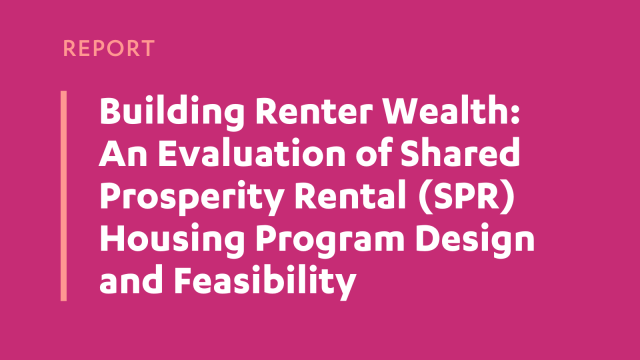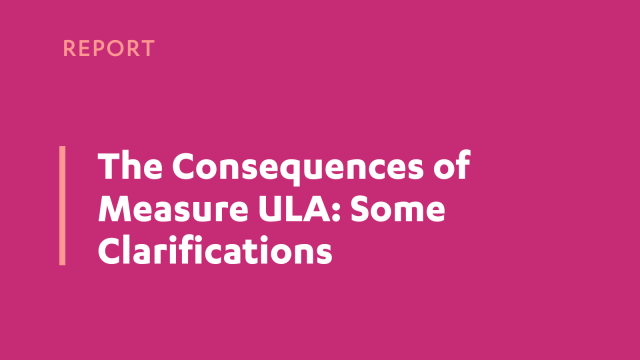Social Housing in France: Lessons for California and Beyond
One hundred years after its first boom, social housing is again capturing the attention of advocates and governments around the world. This report provides a detailed description of the French social housing system as a reference point for governments that seek to create their own, with a discussion of financing, landlord–developers, rent setting, residents, and recent reforms. About 600 social housing landlords, both public and nonprofit, have been building nearly one-third of the country’s housing in recent decades using long-term loans, their own equity, and local subsidies. The system’s main ingredients are the large public savings account that funds these loans, the cost-rental model, employer contributions, and direct rental assistance to support low income households. France is a useful global model for its successes — the system is both large and growing, proving resilient in a diverse and contentious political context — and its limitations — it has inefficiencies and a history of perpetuating segregation, and is less progressive than direct housing assistance. The report concludes with reflections on how a system like this might be created in a country without it, including the supportive institutions that are necessary. Two important takeaways from France for these countries are that it is possible to build large numbers of new units without deep subsidies; and it is not landlords with older, equity-generating housing stock that are building most new social housing.



